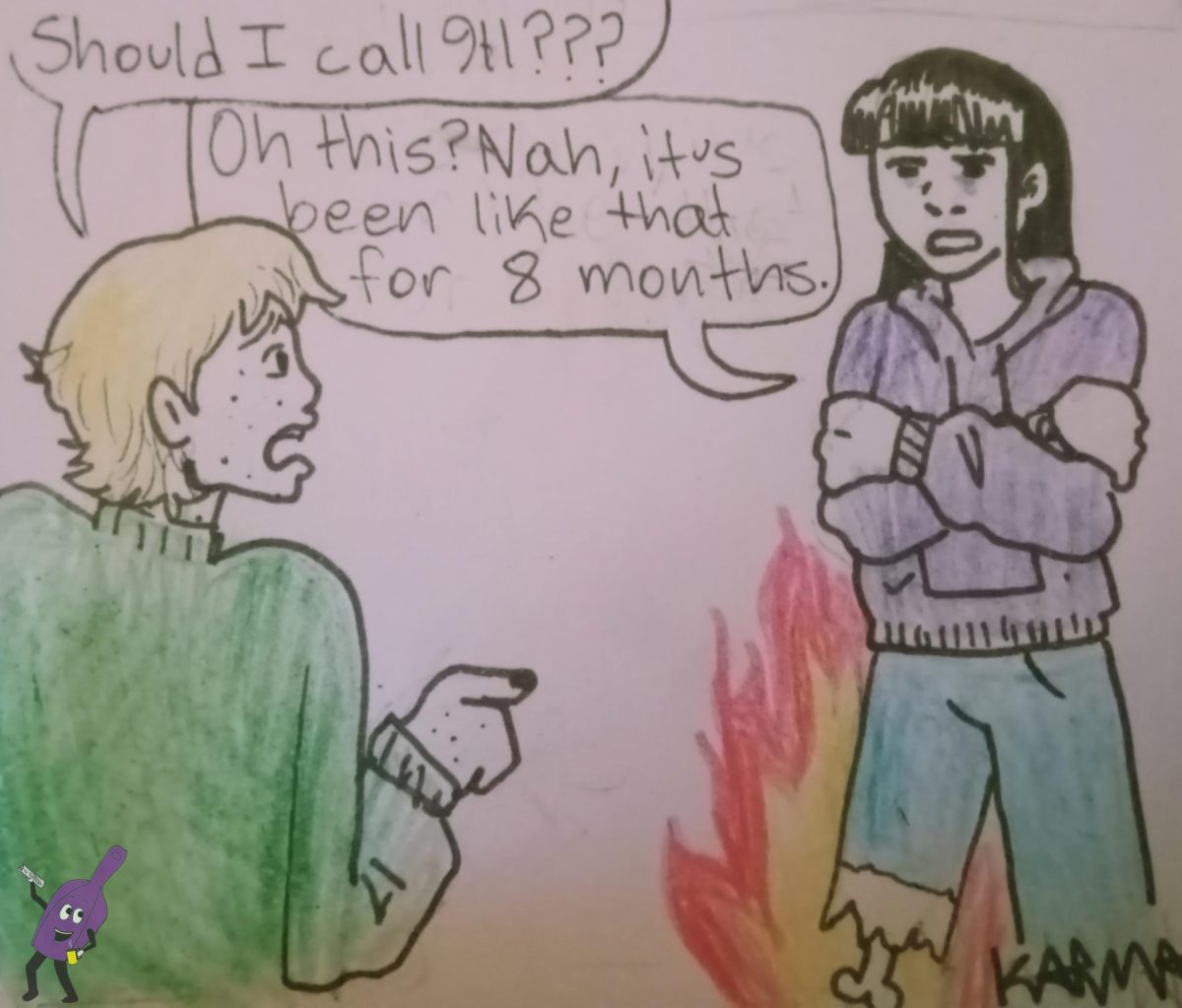When you think of pain, what does your brain immediately jump to? Maybe you imagine scraping your knees, getting your ears pierced, or the headache you had the other day from dehydration. For most people the pain that comes to mind in a split second is temporary and doesn’t affect them often; people imagine pain as an occasional experience. However, for those dealing with chronic pain this may not be the case.
The scenarios described above can be categorized as acute pain, or pain that only lasts for a short duration of time (JohnHopkinsMedicine.org). While chronic pain is defined by a longer time span commonly pinpointed by a duration of three months or longer (National Library of Medicine).
TYPES OF CHRONIC PAIN
According to Cleveland Clinic, some of the most well known types of chronic pain include:
- Back pain
- Arthritis (also known as joint pain)
- Cancer or tumor pain
- Long lasting headaches like migraines
- Fibromyalgia (form of muscle pain)
- Testicular pain
The list of chronic pain related illnesses continues considering that pain is unique to each individual.
Chronic pain has the ability to invade the lives of those struggling with it. Consistent pain can affect one’s mental health, social and work life, and many other aspects of someone’s quality of living.
John Hopkins Medicine explains how these aspects of pain can pile up, “Pain may cause you to become preoccupied with the pain, depressed, and irritable. Depression and irritability often leads to insomnia and weariness, leading to more irritability, depression, and pain. This state is called the “terrible triad” of suffering, sleeplessness, and sadness.”
STRATEGIES FOR COPING
What treatment is available for pain that lasts a lifetime? There are many potential coping strategies available for those dealing with chronic pain.
When it comes to medicated help, there are few options easily available as most require an in depth diagnosis from medical professionals. Healthline notes that over the counter drugs such as Ibuprofen, Acetaminophen (Tylenol), or Aspirin are all easy to access options. However, medication is only a temporary fix for chronic pain; while it does help people cope, it doesn’t absolve pain or stress long term.
Another strategy for dealing with chronic pain is lifestyle changes. Individuals may include practices such as: physical therapy, tai chi, massages, meditation, and psychotherapy into their daily routine to reduce symptoms (Healthline). Changes to diet, like eating antioxidant rich foods, have also been shown to help as they reduce inflammation and improve immune system health, says Harvard Health Publishing.
Additionally, these changes may include practicing mindfulness in one’s daily life to slow or ease pain as a whole. The National Health Service of Scotland (NHS) explains that there are a multitude of ways people can cope with chronic pain that involve easy to incorporate practices.
The first application is the act of pacing. When dealing with long lasting pain the brain and nervous system experience changes, this means that the brain sends out pain signals even without additional harm. Over time, the brain becomes sensitive and the pain signals are boosted. “Pacing can help because it allows you to do things within your limits. This can help re-train the nervous system [to] settle and be less protective.”
The NHS explains that pacing entails people choosing how much effort they contribute to an activity beforehand. This practice helps avoid overexertion, which can cause pain or mental distress.
The act of pacing is also similar to goal setting, where people will decide on an achievable goal to set limits for themselves while still making them feel accomplished. The NHS provides a few examples such as “… going to meet a friend for coffee every week.’’ This goal is easily managed, specific, and measurable.
Another example of a life practice shown to help those enduring chronic pain is the increase of exercise applied to areas affected by their condition. So, while many people may first think of gym life or intense training when it comes to working out, there are benefits to simple exercises that can help people cope with pain.
These practices can look like:
- Taking short walks and slowly increasing length
- Dancing which can be done standing or sitting
- Moving in the pool as the water makes you feel lighter and exercise therefore easier
- Organized work out classes provided by a local gym
Mindfulness practices are about listening to your body and applying helpful tactics to your life to reduce stress and pain in the long term. These solutions aren’t as immediate as medications but they have been proven to help if one can find the patience.
SCIENTIFIC EXPLORATION
There are also more unique ways of coping with chronic pain that have been studied and found results that appear promising. One example is using humor as a remedy.
The National Library of Medicine reported on a study that showed nursing home residents had decreased pain when consistent humor was brought into their lives. Oftentimes as people age chronic pain becomes a reality. “The prevalence of chronic pain is 25%–50% for community-dwelling older people.” Seeing as this pain causes stress or depression for those coping with it, the thought of bringing humor or laughter to those managing chronic pain seems obvious.
The experiment was first put into place with two nursing homes used for the model. One group was used as a control and were simply left to their regular routine. The test group participated in an eight week program taking humor therapy classes for one hour per week. “Humor…leads to the release of endorphins in the brain, which help to control pain.”
As the weeks went on patients participated in activities that highlighted their own joy and funny moments from their lives. Activities ranged from reading a joke of the day to creating “My Happy Collection” portfolios. These portfolios featured items such as: “funny books and photos, jokes,…audio tapes and videos, comedy clips and cartoons, and…interesting news clips, articles, stories and reflections.” The participants then shared their collections at the end of the project.
After the program, and an assessment of other factors in the participants’ lives such as race, gender, and perception of pain, pain ratings were shown to have decreased significantly. Additionally, life satisfaction was found to have increased.
More information on this humor therapy study can be found on The National Library of Medicine website.
IN THE END
Chronic pain is a global issue and it consumes the lives and happiness of many. While we can’t cure many of these illnesses, there are plenty of first steps we can take to better the lives of those coping with chronic pain.





